Thanks for your support! If you make a purchase using our links in this article, we may make a commission. And, as an Amazon Associate, I earn from qualifying purchases. See the full disclosure here.
Are you wondering where to get water when boondocking? You’re in luck – because you can get fresh water refills in more places than you might initially think.
Boondocking is one of the best ways to experience truly remote and free RVing. There are no electric, sewer, or water hookups… but also, there are often no neighbors, no view-blocking structures, and no human-made noise.
To be truly comfortable when boondocking, an RVer has to learn to manage a few different things. Of course, the most important of these are electricity, waste, and water.
Today we’re talking all about how and where to get water when boondocking. Some of these methods are free, some cost a little bit of money, and some have a higher cost up front that will then be free for years to come. Let’s dive in and find the perfect solution for you.
1. Get Water Boondocking with Watergen ONBoard
Watergen ONBoard is a unique and revolutionary water generation system that creates fresh drinking water from thin air, literally.
This device is an atmospheric water generator installed on the top of your rig with a faucet inside, and it creates drinking water from water vapor in the air.
This device can provide up to 13 gallons (50 liters) of drinking water per day — even with air humidity as low as 20% — with zero routine maintenance.
The device installs on the roof and plugs into a 12v DC power supply to do its magic. It can be retrofitted to any midsize and large vehicle.
The Watergen ONBoard gathers water from water vapor in the air and then filters it through a multi-step filtration system followed by a sterilizing UV water purification process. Check out our article called Why UV Water Purification Systems for RVs are Vital to learn how to ensure your drinking water is safe!
Watergen’s atmospheric water generators are installed in over 80 countries globally, and their revolutionary RV mobile unit will be available for purchase soon.
If this type of water generation for boondocking sounds up your alley, I recommend signing up for their newsletter so you’ll be the first to know when it’s available for RVs.
2. Drink Stream Water When Boondocking With Guzzle H2O
If you’re RVing near a stream, lake, or river, you can use Guzzle H20 to draw water to your RV and filter it in the process.
This device is a boondocker’s best friend and eliminates the need for you to go out hunting for water refill stations, breaking camp, or lugging around heavy water jugs.
You can even use Guzzle H20 at water refill stations and campgrounds or other potable water spigots to filter and purify the water coming into your RV.
If you’re one of those people who hate the taste of tap water from varying campgrounds, you can eliminate that entirely by using a device like this.
And let’s face it: a full freshwater tank adds a ton of weight to your motorhome and can make the gas mileage worse while traveling. This is why many RVers wait to fill their tanks until they get to their destination.
With a device that can pump and filter water for you from any groundwater source, you can boondock your heart out and never worry about having to find potable water, as long as you have a natural water source nearby. You can even use it in silty water for clean, clear, safe drinking water.
How Stream from Guzzle H20 Works
So how exactly does it work?
The Stream from Guzzle H20 pumps water at a flow rate of 0.75 gallons per minute, and it uses an LED UV-C light to purify water. This purification system has been tested and verified to destroy 99.99% of all bacteria, protozoa, and viruses that might be found in groundwater.
In addition to UV-C purification, it uses a 0.5 micron-activated carbon filter to remove sediment, chlorine taste, odor, and over 41 natural and chemical contaminants.
Check out our article called Why UV Water Purification Systems for RVs are Vital to learn more about how UV purification works.
The filter is low-cost to replace and has a lifespan of about 1,000 gallons.
The rechargeable LiFePO4 batteries have a 35-gallon pump and filtration life per charge.
You can recharge the device with a 12v charger or 110v charger, making it perfect for the RV off-grid lifestyle.
3. Spend the Night at a Campground

There comes a time in every avid boondocker’s life when spending the night at a campground is undoubtedly necessary.
Not only can you refill your water, but you can also enjoy all the creature comforts and amenities of “campground life” while you’re there.
And if you have to stay at a campground, you might as well make it a good one! Look for a campground with all the amenities you enjoy.
RV Blogger Pro Tip: many campgrounds offer a discount on weekly stays. So, you can book a weekly stay instead and spread your chores out over several days instead of trying to get everything done in one go. You might as well schedule yourself time to actually enjoy the campground while you’re there.
During your time at the campground, you can enjoy the luxury of full hookups and cycle your black and gray water tanks.
You can also get some laundry done – wash everything in your rig! Also, revel in the luxuries of long, hot showers by taking advantage of the campground bathhouses.
Finally, kick back and relax with electricity and get some other chores done, like that deep cleaning or re-organizing you’ve been wanting to do.
Of course, you have to take advantage of the free wifi or basic cable. After all, aren’t there some shows or movies you have to catch up on?
Booking a campground for a day (or week) per month is a nice reset for your off-the-grid life.
4. Get Water When Boondocking at Fill Stations Near You
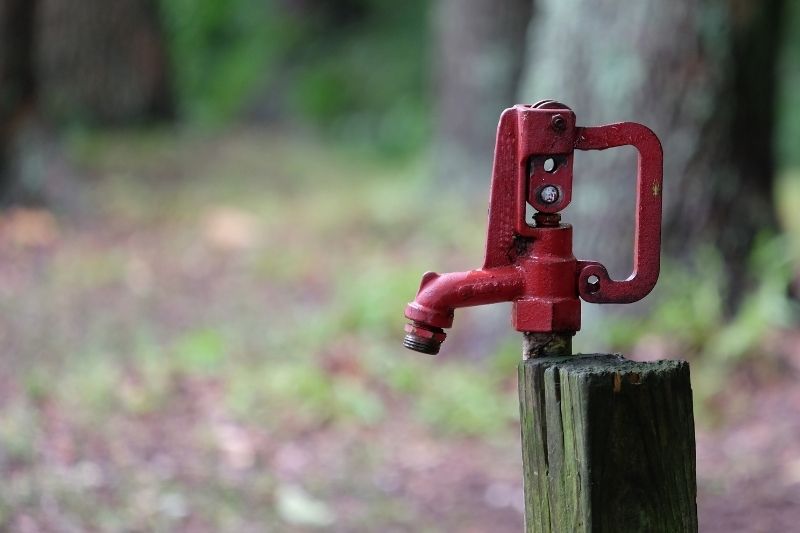
In most places, it’s not too hard to find water refill stations for RVers. You can refill your RV water tanks at many gas stations, RV parks, RV dump stations, rest stops, public parks, and even many retail stores.
So, how do you find these places? Using apps and websites, of course.
RV Life Trip Wizard will show you all RV-related stations near you or along your travel route, including water refill stations.
Next, the ToGo RV app and route planner can help you plan your route, find places to stay, dump stations, and potable water refill locations.
Many campgrounds will even let you come in and fill up your water tank and/or dump your waste tanks, typically for a small fee.
If you can’t find a water refill station or rest stop near you, give the closest campgrounds a call.
I’ve personally experienced a campground that let me come in for the day with my RV, fill and dump my tanks, and take a quick shower while boondocking for a month. And all for under $20!
5. Public Parks Have Water for Boondocking

Another place you can find water when boondocking is at local city and county parks. Most public parks have water spigots available for picnickers and park goers.
And if you have a long enough potable water hose, this is a great solution for refilling your RV freshwater tank. Or, you can bring your additional potable water containers to fill up at a park, so you don’t have to break camp or bring your RV.
6. Get Water From the Boondocking Host Location
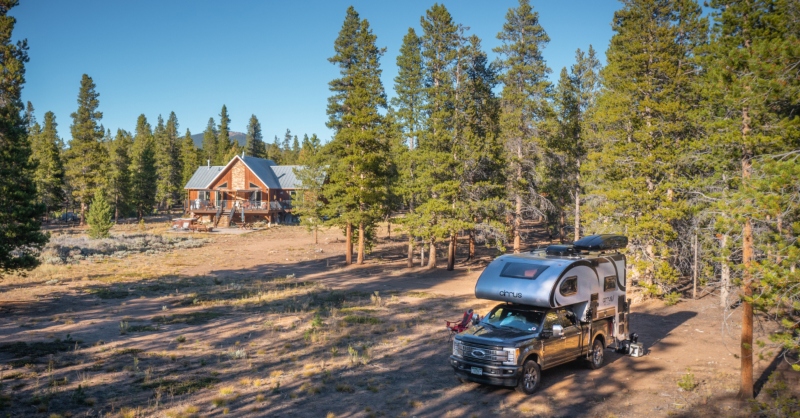
If you’re boondocking with a host from Harvest Hosts or Boondockers Welcome, there’s a good chance there might be water available.
Most hosts will list amenities available for you to use at their location. So if you know you need water, look for a host who offers water refills.
If not, but you find yourself in need, it never hurts to ask!
Some hosts will charge a fee to use their utilities, as well as they should (Remember, you and all the other guests are increasing their utility bills collectively).
If your host doesn’t charge a fee, it’s common courtesy to offer a tip or purchase something for their business as an expression of gratitude.
7. Use Water Storage Devices When Boondocking
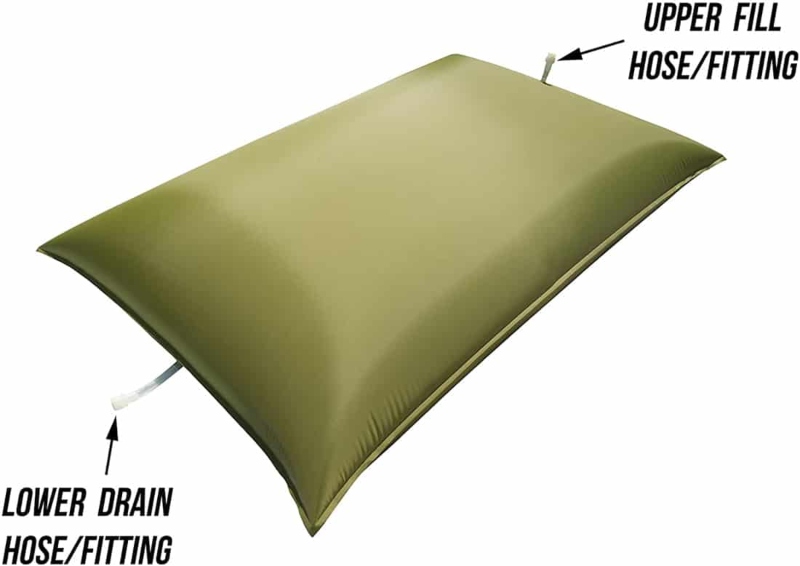
Using water storage devices is one of the best ways to restock on freshwater when you are boondocking.
You can use various kinds of water storage devices, depending on your personal situation.
Many long-term boondockers with trucks love to use huge water bladders that fit in the truck’s bed. You can use your truck to fill up with fresh water and leave your RV at camp.
The advantage of doing this is that you can often purchase a water bladder that holds almost as much water as your RV fresh tank. You can then either use the water directly from the bladder or pump it into your RV freshwater tank when you get back to camp.
Other options include jerry cans, water jugs, or collapsible water containers that are easily stored away when not in use. Here are some of our top picks.
8. Collect Rainwater to Get Water While Boondocking
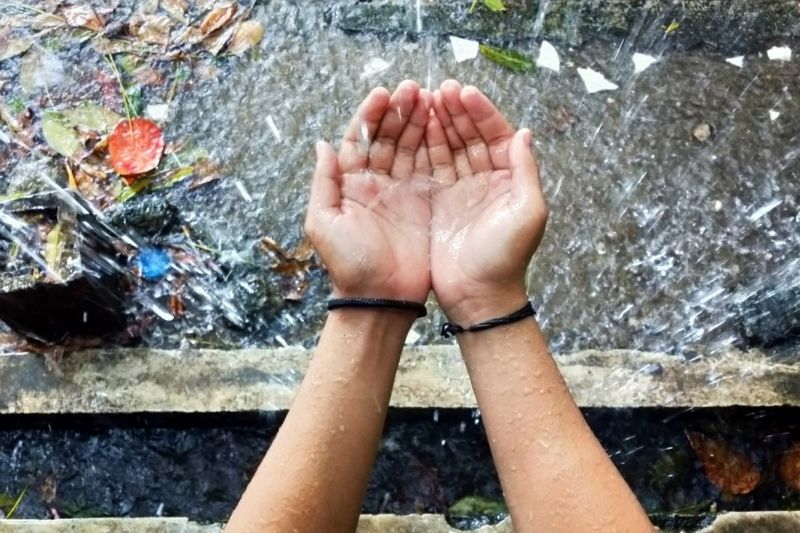
Although less common, collecting rainwater is one option to get fresh water while boondocking.
If you’re camping in the desert, this option isn’t going to work for you.
However, if you find yourself in the Pacific Northwest for an extended period, you might love this idea.
Creating a rainwater catchment and filtration system for your RV is something you will have to DIY. Currently, there aren’t mass-market rainwater collection systems for mobile or semi-stationary RVs, so this one will require some ingenuity.
There are YouTube videos and articles by people who have fashioned their own rainwater collection systems for RVing and off-grid living. An off-grid solution is much different than your needs as a mobile RVer.
To use rainwater as a water source for your RV, you will need:
- An efficient way to catch enough rainwater and divert it into containers
- Rainwater storage containers
- A way to filter collected rainwater
- A way to pump filtered water through your RV water system (if necessary)
Wrapping Up: Where to Get Water When Boondocking
So, in summary, you can get water when boondocking at:
- Rest stops
- RV parks and campgrounds
- Public, city, county, and state parks
- Some retail stores
- RV dump stations
- Guzzle H20
- Watergen ONBoard
Your personal preferences and lifestyle will dictate which freshwater refill method works best for you.
If you’re just dipping your toes into boondocking, I suggest getting a few portable water jugs to refill for drinking water. Or, if you’re trying it out for a longer period, find a boondocking spot with a dump station and refill station nearby.
But if you’ve already tried boondocking and want to make it your main style of RVing, investing in a heftier water system might be the best idea for you.
1. RV Campgrounds vs. Boondocking: Pros and Cons
2. RV Boondocking Beginner Tips and “How To” Guide
3. 7 Best Moochdocking Tips
4. 10 Reasons to Avoid RV Campgrounds
5. How to Combine RV Black and Gray Water Tanks
6. What is BLM Camping?
About the Author
Carrie Wilder is a part-time van lifer, full-time nomadic lifestyle enthusiast, and the advertising and SEO Manager at Escapees RV Club.
When she’s not camping or working, you can find her writing about her favorite marketing tips on her website, The World Wild Web, or befriending the nearest cat.
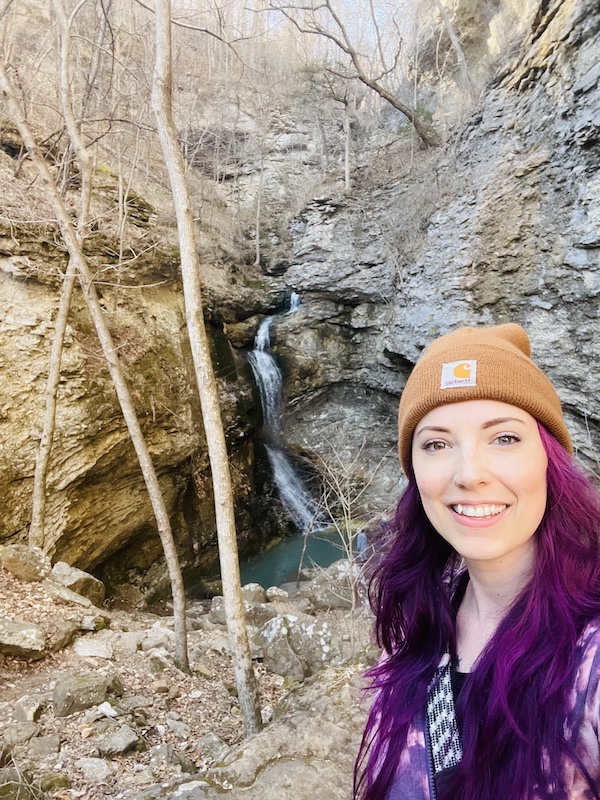

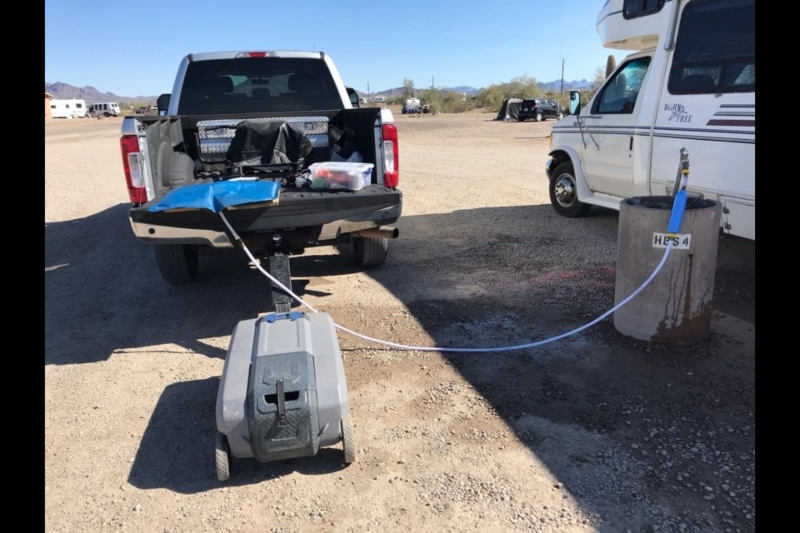
Thank you for the timely article. I am completely new to RVing. I will be living in a Class C for an undetermined amount of time. Just bought mine a few weeks ago and found out too late the dealer doesn’t fill the tanks unless asked. I asked why not since they knew I know NOTHING about this. So, I think with your suggestions I will be able to find someplace. Been watching a lot of you tube videos and reading lots of these articles.
Hi Bonnie,
I’m glad our article was helpful for you!
All the best on your boondocking adventures!
Mike